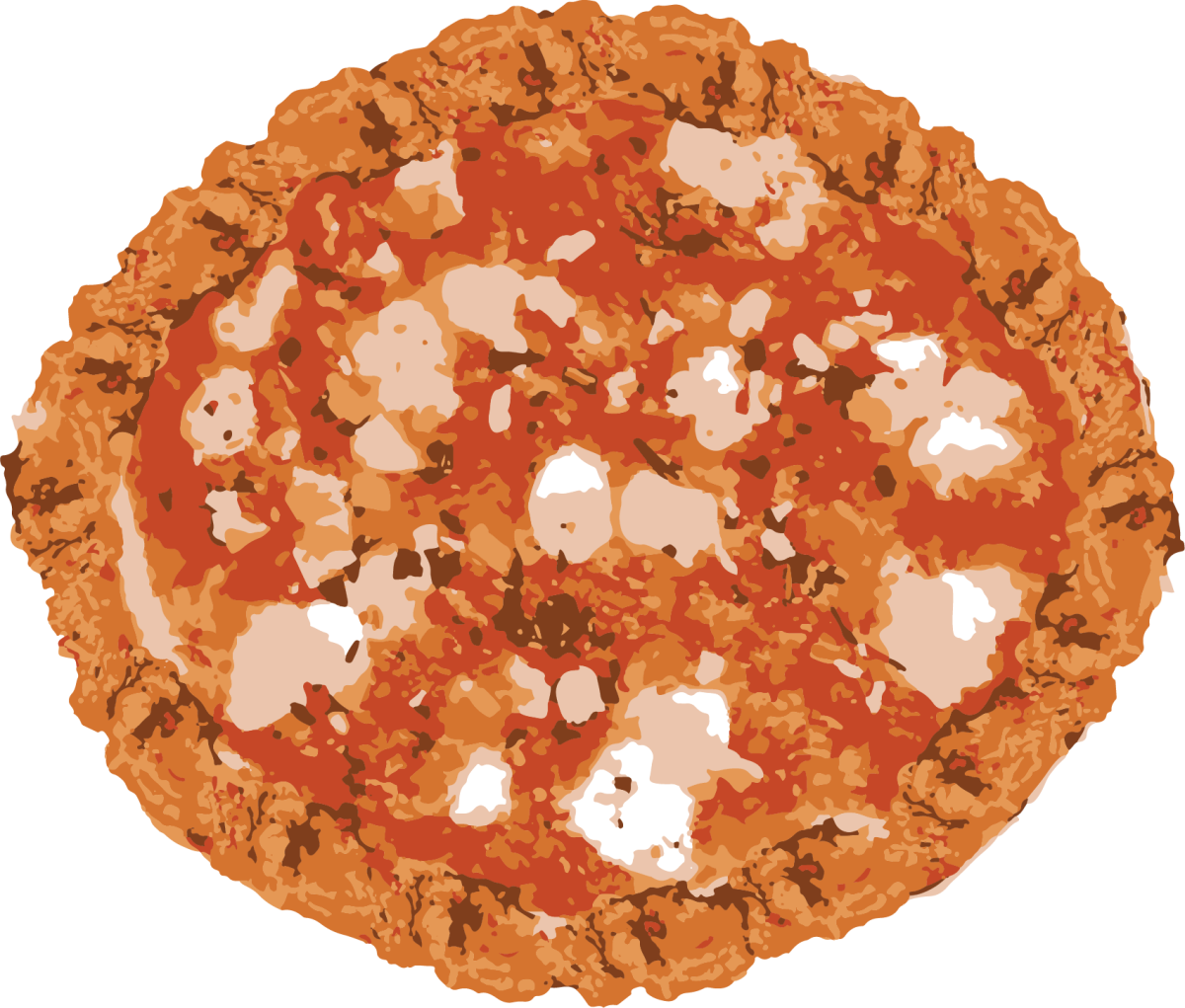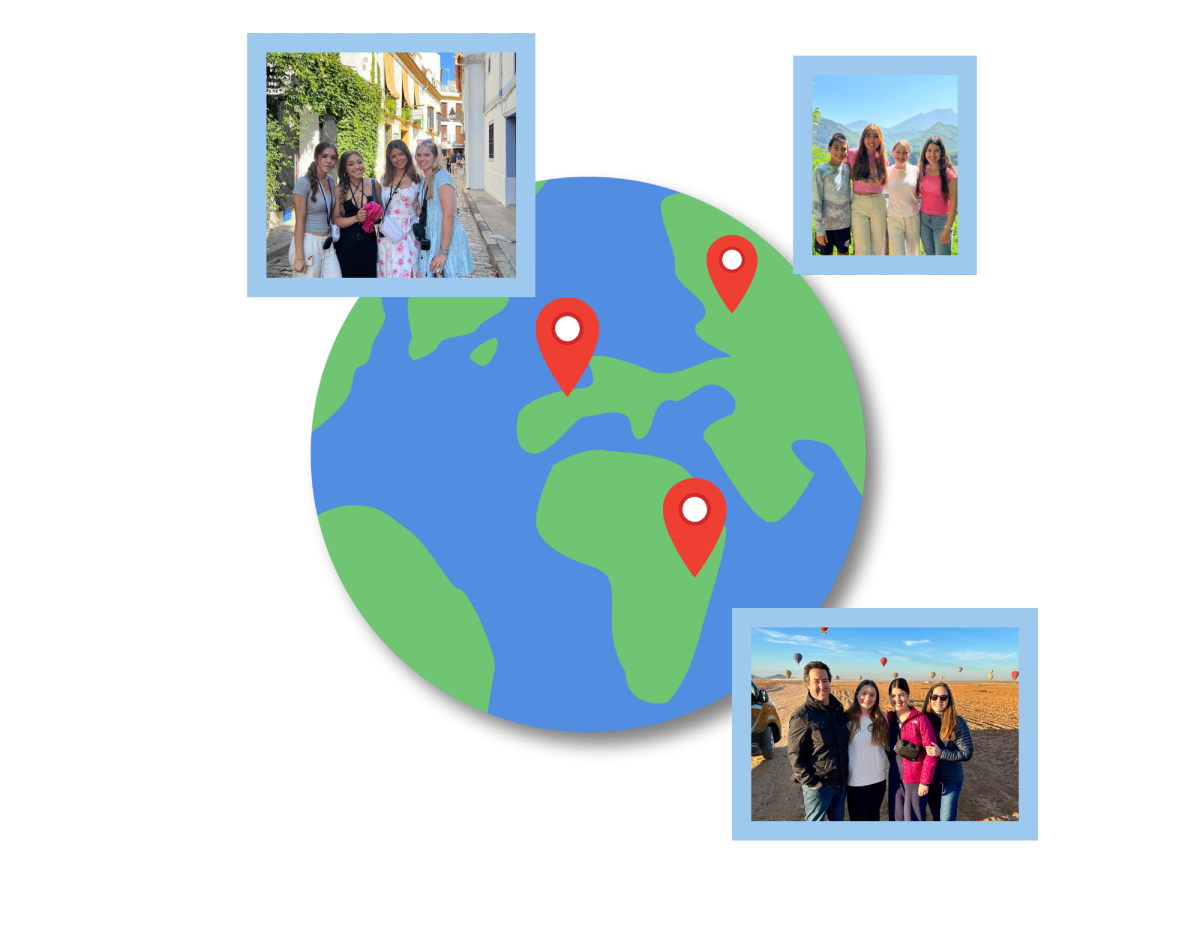While on vacation in France this past summer, sophomore Karl Loiseau took a juicy bite out of a Signature Crafted Garlic White Cheddar Burger. The burger was not from a fancy restaurant though. In fact, Loiseau was eating at an airport McDonald’s.
If a student were to pop into a McDonald’s or another fast-food chain in a foreign country, they might be shocked by what they would find. They could find spaghetti or even a spam, eggs and rice platter, thanks to something called localization.
Most everyone is familiar with globalization, but not as many have heard of localization. Localization is defined as the adaptation of a product or service to the local needs of a specific country or region. As businesses globalize, they find themselves having to localize. Fast-food restaurants like McDonald’s are no exception, and many travelers seek out these localization efforts as a way to experience cultural differences in another country. Lake Highland senior Kamal Elbabaa has been to McDonald’s in 24 different countries and tracks his discoveries on an account on Instagram (@internationalmcds).
“Every time I travel, I go and try to experience new things,” Elbabaa said. “Something I’ve noticed is that McDonald’s in particular tries to accommodate the cuisine of the place. So in many Asian countries like Japan, Thailand, Vietnam, Singapore and Indonesia, I’ve seen rice options on the menu in McDonald’s, which to us might seem a little weird.”
One KFC product in China combines one of its own products and one from the regional cuisine: a sandwich that has fried chicken as the buns and spicy ramen noodles in the center. Freshman Nathan Lu found different types of noodles all over the McDonald’s he visited in China.
“I think it was to fit the taste of the Chinese people,” Lu said. “Because they’re used to eating those things and it’s easy to make. So it’s their kind of fast food.”
Many of these different countries also have cultural expectations. In Japan, the general aesthetic is clean and simple. When sophomore Julian Foley visited a McDonald’s in Japan, he noticed something different about the burgers there.
“My dad got the teriyaki burger and it was very neat,” Foley said. “It was definitely a lot more visually presentable, and the bun was very smooth.”
Junior Nikolas Polsinelli has also been to several countries and was intrigued by these changes to fast-food menus. One Costa Rican KFC offered an invention that seems to have combined the local’s love of fried chicken and pizza.
“They all have some interesting dishes,” Polsinelli said. “In Italy, [McDonald’s] has spaghetti, in Germany they have beer, and in Costa Rica, they had this really crazy thing at KFC. It was a pizza, but instead of a pizza crust, they had fried chicken.”
Localization can also come in the form of changes to the physical appearance of restaurants. Elbabaa came across a high-end McDonald’s in Hong Kong that had a modern look complete with a salad bar, table service and larger size that can hold more customers.
“The nicest McDonald’s I’ve ever been to was an experimental restaurant called McDonald’s Next in Hong Kong,” Elbabaa said. “They marketed themselves as a high-class McDonald’s. Even in Europe, I found that McDonald’s is a much more high-class place, meaning that they are almost always two stories with free Wi-Fi. To me, it feels almost like a Starbucks in the way that people come into the McDonald’s to do their work and connect to the free Wi-Fi.”
These differences in their image and products have helped propel American fast-food chains’ international success. McDonald’s international achievements have been so great that McDonald’s in the U.S. only accounts for 34% of the profits, while Europe and Asia make up 61% of the profits according to financial service company The Motley Fool.
During the next opportunity, be on the lookout for unique fast food takes on local cuisine in other countries like the “chizza.”















